Premium Only Content
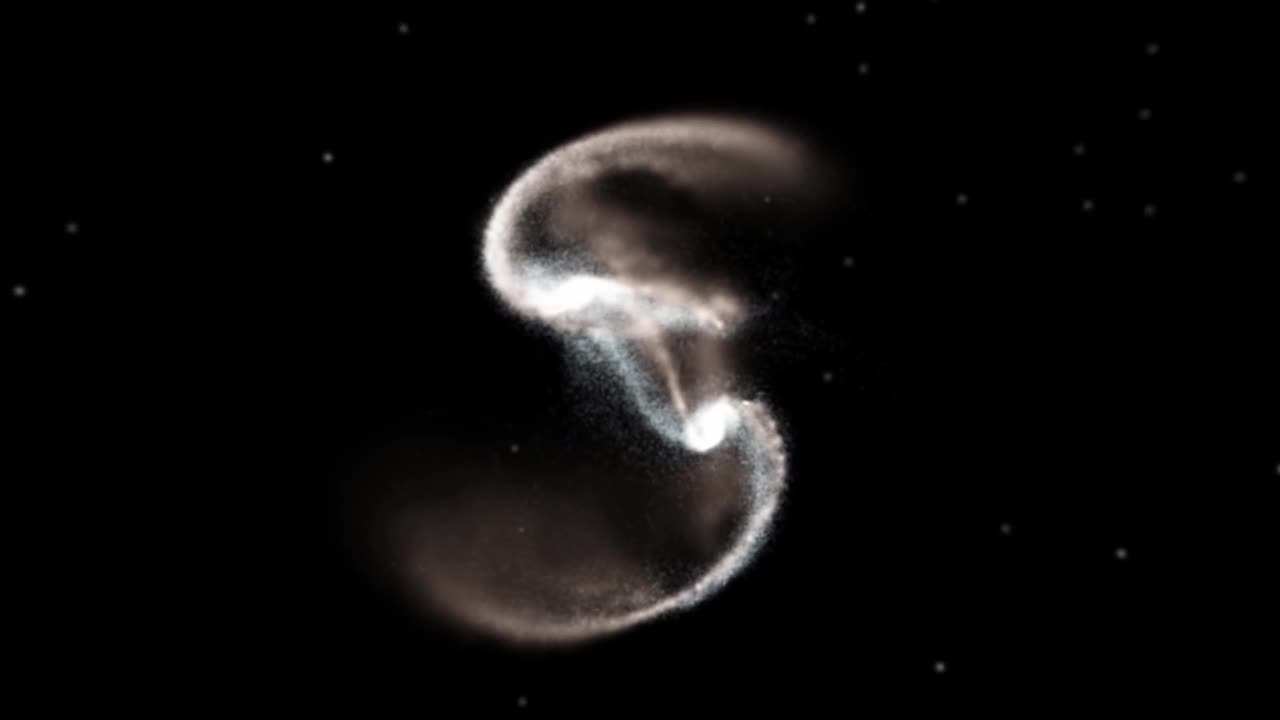
Galaxy Collisions: Simulation vs Observations
Galaxies are vast swarms of billions of stars along with huge interstellar clouds of gas and dust. A spiral galaxy has a broad, thin disk shape, with a bulge of stars in its core, Within the disk are winding arms of dark dust lanes and bright star-forming regions, This structure is stable when left alone, but is relatively easily disturbed when another galaxy passes near. Astronomers have studied galaxy interactions for decades, and Hubble's keen vision has been particularly useful for examining new details.
A 2008 Hubble press release unveiled 59 images of galaxy interactions. Each image, however, captures only one moment in a billion-year-long collision process. This visualization of a galaxy collision supercomputer simulation shows the entire collision sequence, and compares the different stages of the collision to different interacting galaxy pairs observed by Hubble. The two spiral galaxies in the simulation distort, twist, and merge together, matching different images at different times and different viewing angles. With this combination of research simulations and high resolution observations, these titanic crashes can be better illustrated and understood.
-
 3:00:24
3:00:24
I_Came_With_Fire_Podcast
14 hours agoHalf the Gov. goes MISSING, Trump day 1 Plans, IC finally tells the Truth, Jesus was NOT Palestinian
70.8K30 -
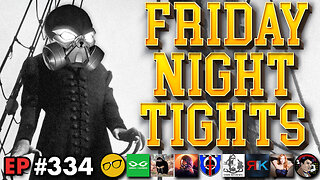 4:11:49
4:11:49
Nerdrotic
16 hours ago $39.38 earnedThe Best and Worst of 2024! Sony Blames Fans | Batman DELAYED | Nosferatu! |Friday Night Tights 334
193K32 -
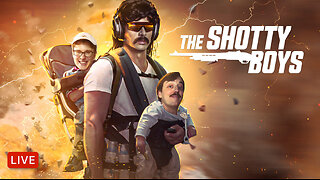 7:55:51
7:55:51
Dr Disrespect
20 hours ago🔴LIVE - DR DISRESPECT - WARZONE - SHOTTY BOYS ATTACK
238K33 -
 1:30:23
1:30:23
Twins Pod
19 hours agoHe Went From MARCHING With BLM To Shaking Hands With TRUMP! | Twins Pod - Episode 45 - Amir Odom
149K32 -
 1:02:30
1:02:30
Exploring With Nug
21 hours ago $4.46 earned2 Duck Hunters Missing After Kayak Capsizes!
72K4 -
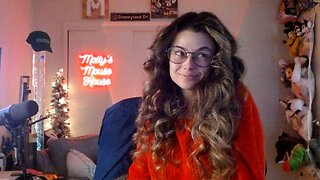 46:48
46:48
Mally_Mouse
14 hours agoLet's Hang!! -- Opening Christmas gifts from YOU!
78.8K1 -
 44:55
44:55
Athlete & Artist Show
20 days ago $2.43 earnedNHL 4 Nations Snubs, Was Hawk Tuah Coin A Scam?
74.6K -
 33:47
33:47
Stephen Gardner
20 hours ago🔥Pentagon Whistleblower UNLEASHES on Biden and Obama!
130K289 -
 2:20:30
2:20:30
The Dilley Show
21 hours ago $29.01 earnedRoger Stone in Studio plus Q&A Friday! w/Author Brenden Dilley 12/27/2024
105K22 -
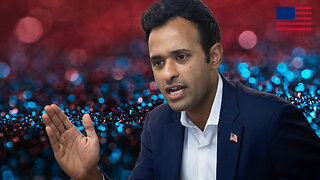 1:57:02
1:57:02
The Charlie Kirk Show
19 hours agoThe Great H-1B Battle + AMA | Lomez | 12.27.24
193K299